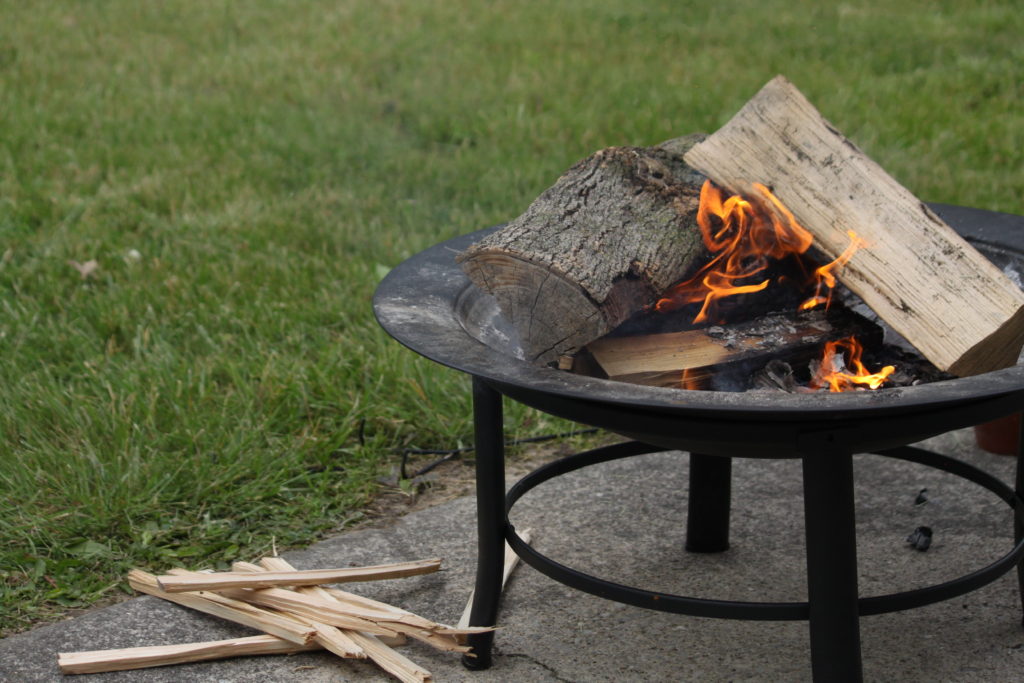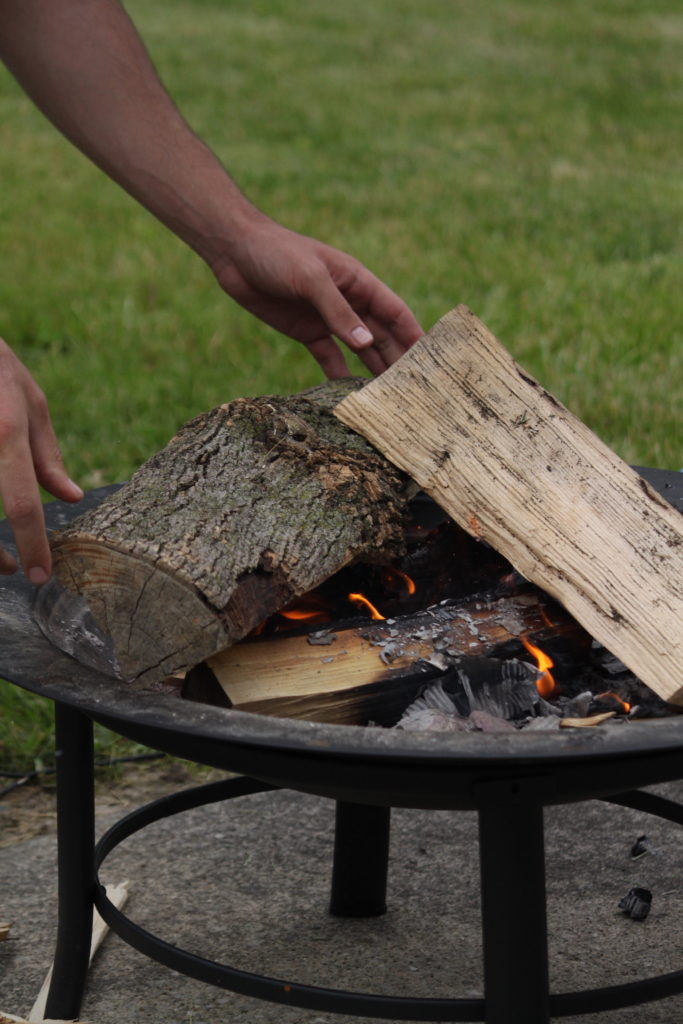
History
Sunset on June 23rd marks the beginning of St. John’s Eve, the night before the Feast of St. John the Baptist. A time of revelry, this Church holiday has evolved over time into a day characterized by fire-building, drinking, eating, singing, and dancing with friends and family late into the night.
Hailing from the pagan tradition of building fires to celebrate the midsummer solstice, the practice was re-shaped across Europe into the tradition of St. John’s fires with the Christianization of the continent during the Middle Ages. Sometimes called the “summer Christmas,” this event and the fires serve as a symbol of the burning and brilliant light of St. John, who pointed to Christ, the greater light of the world.
A variety of traditions surround this day and its celebration, and the countries where these traditions originate are many and varied.
In some parts of Europe, St. John’s fires take place in a large gathering of people who construct the bonfires using any available wood (including old furniture), building them as high as possible and intending to try to jump over the flames. If you want to see how big these fires can get, check out this video from Ålesund in historically Lutheran Norway, home of the biggest St. John’s fire in the world! Usually, each country has a set of dances and songs that accompany the event and that people will use to celebrate the feast late into the night.
Collecting plants, flowers, and medicinal herbs is also a customary part of St. John’s Eve. Although the flowers harken back to old pagan beliefs surrounding the summer solstice, they have also come to represent the beauty and fertility of the Church, born out of the message of repentance and faith that was proclaimed by St. John the Baptist and our Lord. ****The specific flowers associated with the Feast of St. John include the summer favorites of yarrow, fennel, rue, rosemary, lemon verbena, foxglove, and the aptly named “St. John’s Wort.”
In historically Lutheran Latvia, the day is known as Jāņi (John) and set aside as a national holiday. Like other Northern European countries, the holiday is characterized by celebrating outside with large groups of people around a huge bonfire throughout the night (the daylight lasts nearly 24 years by this time of year). Sweet beer is traditionally homebrewed and drunk on the feast day, served with homemade wild horseradish, barley and rye bread, butter, honey, and cold meats. The Latvians also create a special kind of brown cheese for the day called John siers or John cheese.
St. John’s Fire
We suggest that you celebrate this holiday with some of these fun traditions in mind! Make a fire in your backyard, invite some good Lutheran friends over, and share a favorite drink. If you are really feeling in the spirit, you could research traditional St. John’s songs and dances to try out as you celebrate around.
If you’re looking for another activity to help you commemorate the day with your family and friends, try spending some extra time in your garden or making flower crowns with young ones. These plant- and flower-related customs are sure to be a hit!
Although we cannot condone jumping over embers or generally stumbling around close to the flames, we hope that you can take part in one of these great outdoor traditions—this time of year is certainly gorgeous and worth being outside! No matter how you celebrate, though, we hope that you will use the day to remember how St. John the Baptist prepared the way for Christ, the Light of the World.




[…] Celebrate by having a St. John’s Bonfire! […]